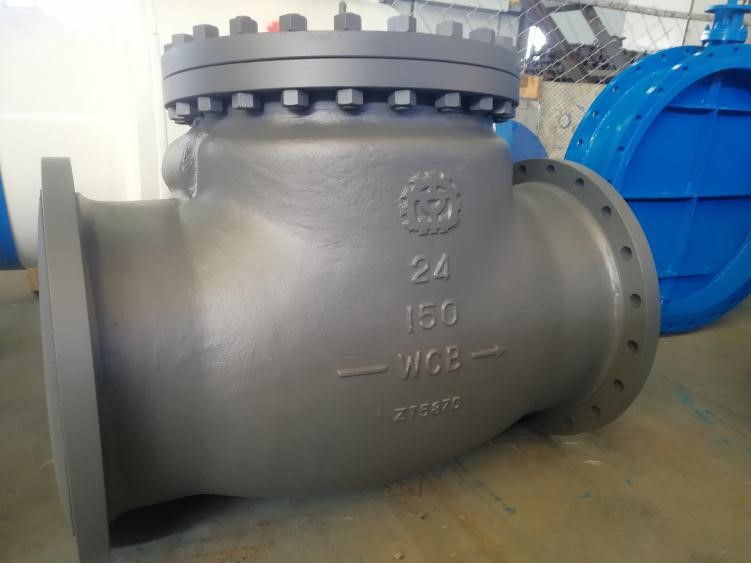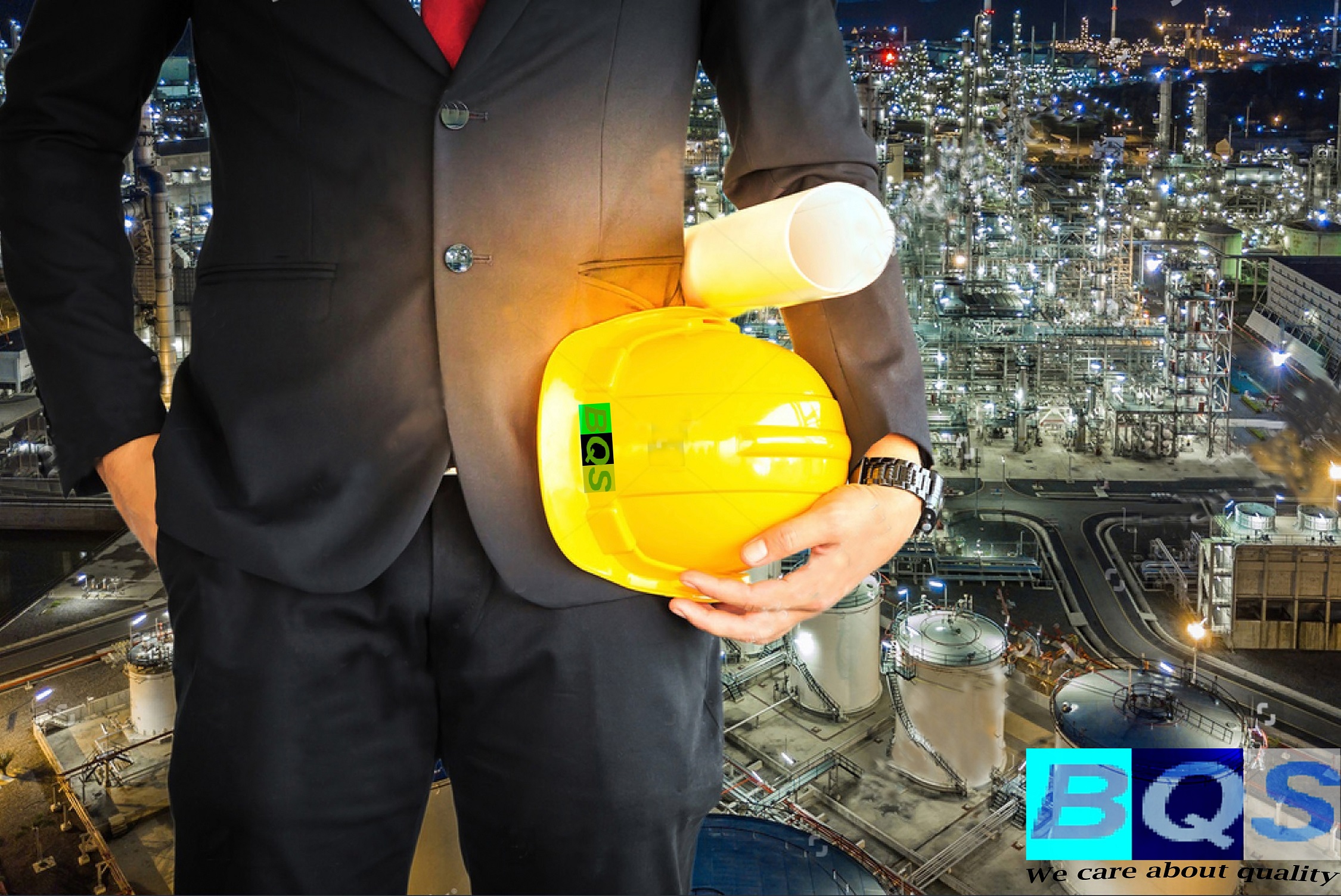What is the Valve?
Valves are used in many safety-critical applications, such as in the oil and gas industries. Like many other industrial products. In this Article we want to let you know what is important to purchase valve and waht items need to be inspected for this equipment.
There are many factors to consider when you want to purchase valves, such as the type of valve (including ball valves, gate valves, globe valves, check valves, and butterfly valves), size, material corrosion resistance, and heat tolerance. we suggest to be sure about the factors below before purchasing:
- Manufacturing: Always ask the supplier about the origin of the valve.
- Certifications: You should Look for recognized standards like ANSI, API, ASTM, or ISO to ensure the valve meets quality standards.
- Material Test Certificate: Verify the material test certificate for details such as chemical composition, mechanical properties, and other relevant information.
During the manufacture of the valve:
During the manufacturing you need to check the valve process to prevent any matters in this time. the valves must be inspected thoroughly in the manufacturer’s shop to ensure proper quality. BQS as a third party inspection company is here to help you for a goods quality inspection.
Normally the following tests and examinations are performed on Valves/Components:
- Shell Test
- Backseat Test
- Low and high-pressure closure test
- Double block and bleed (DBB) high-pressure closure test
- Visual examination of castings
- High-pressure pneumatic shell test
- Codes and Standards for Valve Inspection and Testing
Shell Test
Shell test is required for all valve types. This is actually a pressure test where normally air, inert gas, water, kerosene, etc can be used as the test fluid. The minimum shell test pressure that can use are listed in table 2 of API-598 standard. The pressure is applied inside the assembled valve with the ends closed. The valve will be partially open and be able to hold pressure for a certain time and the important thisng is that pressure should not be less than 1.5 times of maximum working pressure. There is also not have the leakage.


- Shell Test- No leakage check
Backseat Test
Required for all valves that have the backseat feature, except for bellows seal valves. This is a feature that allows valve packing to be replaced while it is in service. Normally gate valves, globe, and parallel slide gate valves are subjected to this test. This pressure test is performed to verify leakage past the stem or shaft to the bonnet seal i.e, backseat. Table 3 of API-598 provides the required test pressures for the backseat test for different valve types. In this test, the valve shall be fully opened and the packing gland shall be loose or not installed. No leakage is permissible in the backseat test.

Low-pressure closure test/ High-pressure closure test
Closure tests are performed to confirm leakage past or through a valve’s closure mechanism. The Closure Test or Valve Seat Leak Test is performed after the successful completion of the Valve Body Test/shell test. One side of the valve inlet or outlet shall be subjected to the hydrostatic pressure and the amount of leak shall be measured on the opposite side of the valve
To explain it, if you are pressurizing the valve inlet, then you have to measure the amount of leakage in the outlet. For both low-pressure and high-pressure tests leakage through the disc, behind the seat rings, or past the shaft seals is not permitted. However, a limited amount of leakage is permissible at the seat-sealing surface interface which is listed in table 5 of API-598.

Double block and bleed (DBB) high-pressure closure test
Pressure shall be applied successively to each side of the closure and Leakage into the body cavity shall be checked.
Visual examination of castings
A visual examination must be performed on all castings to ensure conformance with MSS SP-55.
High-pressure pneumatic shell test
A high-pressure pneumatic shell test should be performed after the shell test, using appropriate safety precautions. The pneumatic shell test pressure shall be 110 % of the maximum allowable pressure at 38 degrees C (100 degrees F) or as specified in the purchase order. Visible leakage is not allowed
Table 1 of API 598 specifies the pressure test requirements for various types of Valves. The test equipment should not apply external forces that affect seat or body seal leakage. The following figure shows some sample test equipment used for valve testing
Codes and Standards for Valve Inspection and Testing
Valve inspection and testing must be performed for the smooth and safe operation of industrial processes. Major codes and standards that guide the inspection and testing procedure of a valve are
- API 598
- API 607
- API 6D
- BS 759















 BQS has been working as a third-party inspection company so far and we are working to make you ensure about your products quality.
BQS has been working as a third-party inspection company so far and we are working to make you ensure about your products quality.